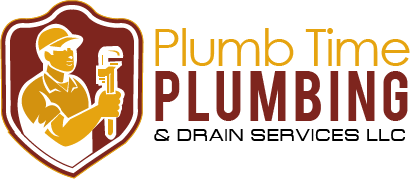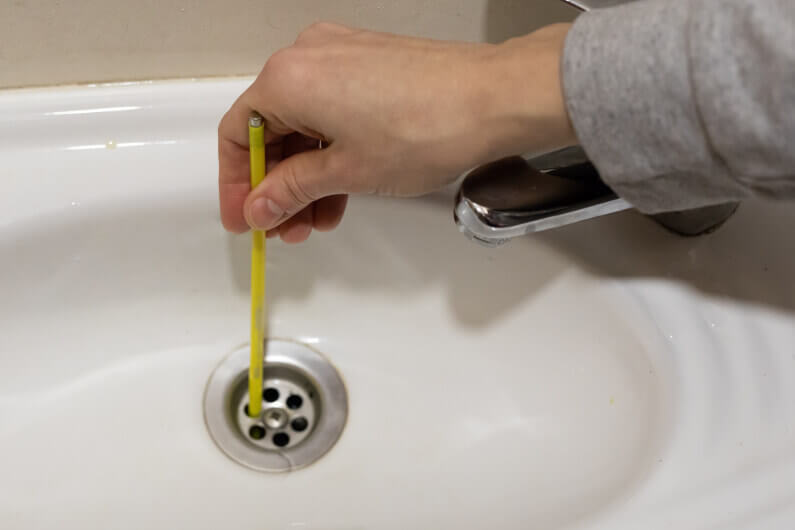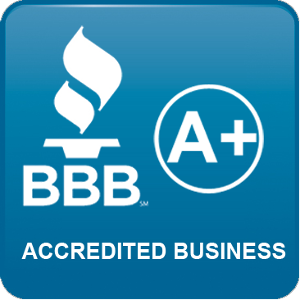Your bathroom sink drain needs to move at least 2 gallons of water per minute. Any slower and your sink will back up, making a mess.
Don’t wait until your bathroom plumbing creates a disaster. There are signs to pay attention to that will tell you something is wrong before it backs up.
Does your shower gurgle when it drains? When you flush the toilet, do the sink and shower make a noise?
If you answered yes, then there is something wrong with your bathroom drains. It could even be a sign of a bigger problem with your whole house’s drainage system.
Save yourself a headache and try some of these helpful tips to fix your drains.
1. Use a Septic Safe Drain Cleaner
Over time, bathroom sink drains clog up with soap residue. The more people who use your bathroom, the faster the residue builds up. This is why you see more clogged drains during the holidays when your family pays a visit.
When your drain clogs, your instinct is to reach for the plunger. It might help loosen the clog, but the residue remains in the drain pipe. If you don’t clear it out, you’ll have to plunge the sink or shower again.
A homemade drain cleaner of vinegar and baking soda might save you a visit from a plumber. The solution breaks down soap residue. Rinse the drain with hot water after to make sure the residue doesn’t stick in a different part of the pipe.
Some commercial drain cleaners are septic safe. Be cautious when using these products. Always follow the directions or you could damage the drain pipes.
2. Stubborn Clogs Need Snaking
Soap scum isn’t the only cause of clogs in the bathroom. Your slow draining sink or shower may have a hairball stuck in it.
Humans shed up to 100 strands of hair per day. A lot of that ends up going down the drain during your daily shower.
For drain cleaners to dissolve hair, they need to sit in the drainpipe for a while. Leaving such a corrosive solution in the pipe that long can cause a leak.
A plumbing snake is made from coiled wire. You feed it into the drain and the rotating action breaks up the blockage.
When using a plumbing snake, don’t get too aggressive. The snake can crack the drain pipe. If that happens, you’ll have to call in a plumber as soon as possible to repair the damage.
3. Make Sure the P-Trap isn’t Broken
A p-trap is a curved piece of pipe in the drainage system under a sink or shower. The trap holds water at the bottom of the curve to stop sewage gasses from leaking into your home.
Sewer gas is made of:
- Carbon dioxide
- Methane
- Hydrogen sulfide
- Ammonia
Extended exposure to sewage gasses causes headaches, fatigue, and nausea.
If the p-trap under your bathroom sink drain or shower breaks, the airflow makes a gurgling noise.
A cracked p-trap leaks water onto your floor or sub-flooring. If it isn’t stopped, mold will form and spread through your home.
How can you tell if the p-trap is broken? Slide a flexible foot-long wire into the drain. If there are about 5 inches of water on the wire, the p-trap is fine.
Replacing the p-trap can be tricky for homeowners without plumbing experience. Call in an expert to make sure your new p-trap gets installed correctly.
4. Check the Vents
Every plumbing system needs vents to regulate the air pressure. Without vents, water won’t flow freely. The stagnant water in pipes without a vent leaves residue and causes clogs.
Plumbing vents also redirect sewer gasses so they flow out of your home. Drains with blocked vents smell like rotten eggs.
These vents run up through your roof. The design prevents water from entering the vent pipe.
Unfortunately, it also leaves the vent pipe vulnerable to blockage.
Common causes of vent blockage include:
- Dirt
- Leaves and twigs
- A bird’s nest
- Pipe corrosion
When the vent is blocked, it causes negative pressure in your drainage system. Negative pressure makes it seem like the drain is clogged. But no amount of snaking the drain will fix the problem.
Clearing blocked plumbing vents can be dangerous. Call a professional to take care of the problem. They have all the necessary safety equipment to climb onto the roof.
5. Send in a Camera to See What’s Wrong
Did you try all the other methods to fix your drains and they’re still making a weird noise? The problem in the drainage system might be outside your home.
All of the drains in a building lead to the main pipe that flows to the sewer or septic system. Any clog in the main pipe leads to whole-house plumbing problems.
Reasons why the main pipe fails:
- Tree roots
- Corrosion and rust
- Collapsed pipe
- Nearby construction causes a crack
Unfortunately, you can’t just look at the pipe to tell what is wrong. Not unless you’re willing to dig up your yard. New technology has a better solution to the problem—sewer cameras.
The plumber feeds the sewer camera into the main pipe through the cleanout access. Using the footage from the camera, they will figure out how to fix the pipe.
Generally, the blockage is broken up with a hydro-jet. The hydro-jet uses high-pressure water to clean all the debris from the pipe. There are no toxic chemicals involved at all.
Don’t Ignore Your Noisy Bathroom Sink Drain
A noisy bathroom sink drain is a signal that something is wrong in your drainage system.
By tackling the plumbing problem as soon as possible, you’ll save thousands in repairs. A slow draining sink can lead to flooding and leaks. The water feeds mold growth, putting your family at risk.
Is your drainage system slow and noisy? Our experts at Plumb Time Plumbing & Drain Services are ready to fix your drainage problem. We have 28 years of experience with every kind of plumbing issue.
If you live near Columbia, SC, contact us today to schedule an appointment.










